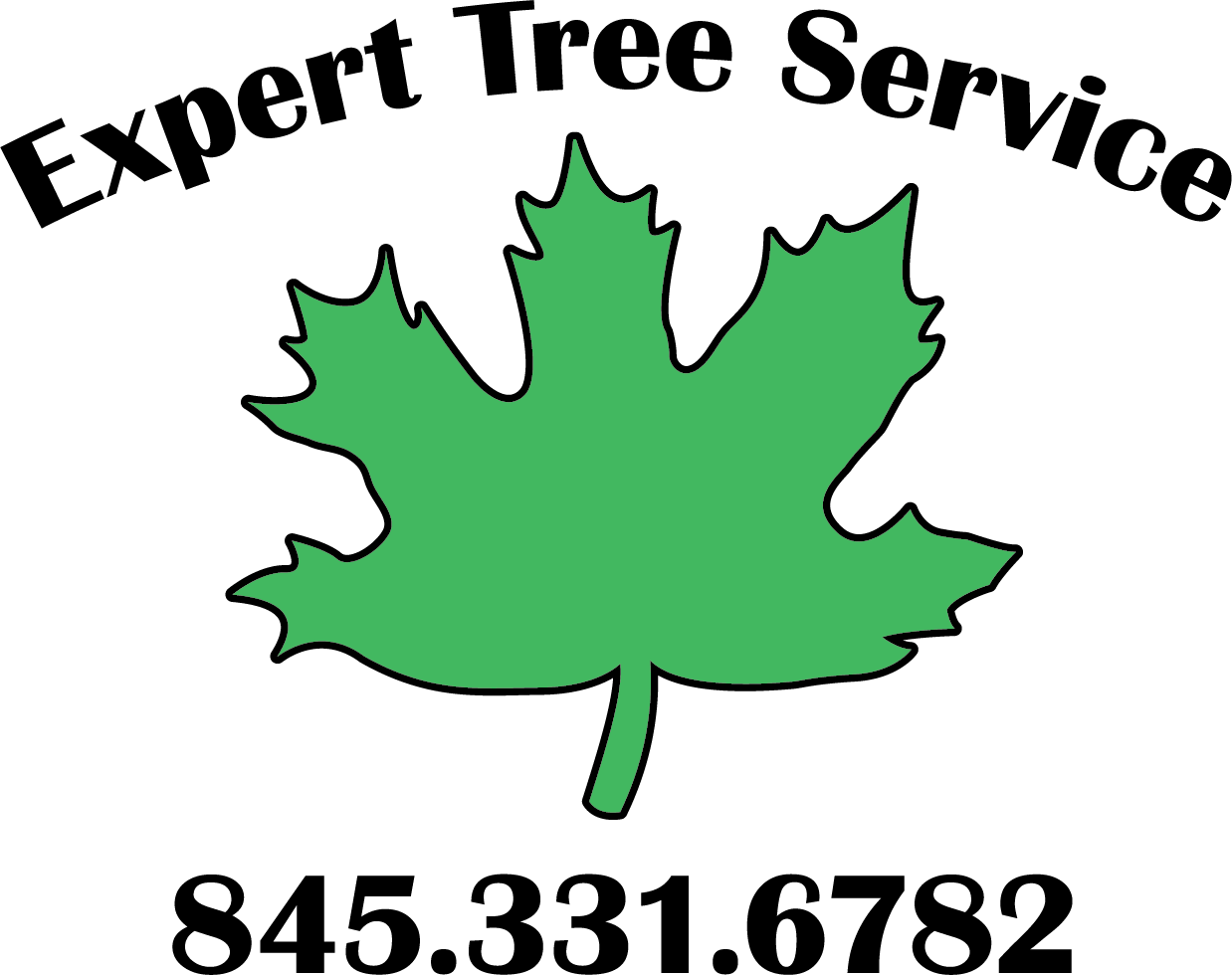The Town of New Paltz, NY in Ulster County has been a Certified Tree City USA for over 30 years. To maintain this impressive run, they had to complete a comprehensive tree inventory in 2018.
According to the report on their website:
In March and April 2018, DRG arborists, certified by the International Society of Arboriculture, assessed and inventoried trees, stumps, and planting sites along the street ROW and trees and stumps in specified parks and public facilities. A total of 8,696 sites were collected during the inventory: 7,590 trees, 537 stumps, and 569 planting sites. Within the village, 4,400 sites (3,881 trees, 203 stumps, and 316 vacant sites) were inventoried and within the town, 4,296 sites (3,709 trees, 334 stumps, and 253 vacant sites) were inventoried. Table 1 provides a detailed breakdown of the number and type of sites inventoried.
In this blog post, we summarize some of the findings of New Paltz’s tree inventory and offer tree maintenance tips that can help New Paltz residents maintain the health and wellness of their trees.
What are New Paltz’s most common trees?
1. Norway Maple
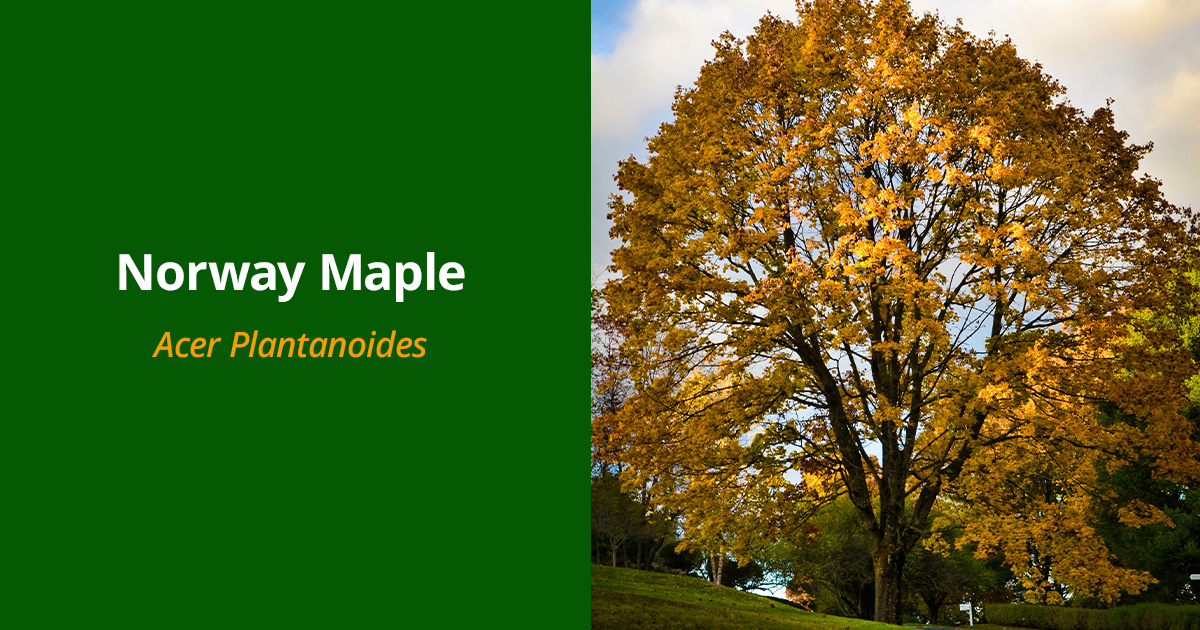
Norway Maples are relatively low-maintenance trees, but regular watering, especially during dry spells, can help them thrive. Be sure to provide adequate mulching around the base of the tree to retain moisture and suppress weeds. Keep an eye out for signs of Norway Maple decline, such as yellowing leaves or dieback, which may indicate issues like verticillium wilt or root rot.
2. Sugar Maple
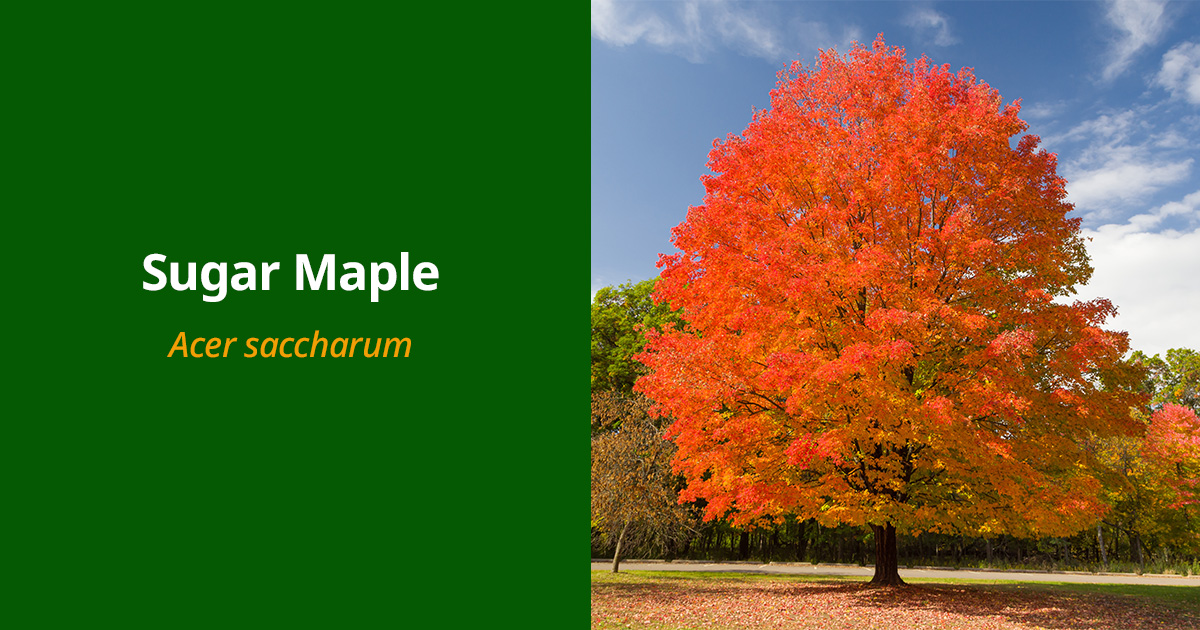
Sugar Maples benefit from well-drained soil and regular deep watering, particularly in hot and dry conditions. Mulching can help retain soil moisture and regulate temperature fluctuations around the tree’s roots. Keep an eye out for signs of stress, such as wilting leaves or early leaf drop, which may indicate issues like drought stress or fungal infections.
3. Eastern Redcedar

Eastern Redcedars are hardy trees that are tolerant of various soil types and moisture levels. However, they may benefit from occasional watering during prolonged dry periods, especially when young. Pruning dead or diseased branches can help maintain the tree’s health and appearance, while keeping an eye out for signs of cedar rust or bagworm infestations is essential for early detection and treatment.
4. American Elm
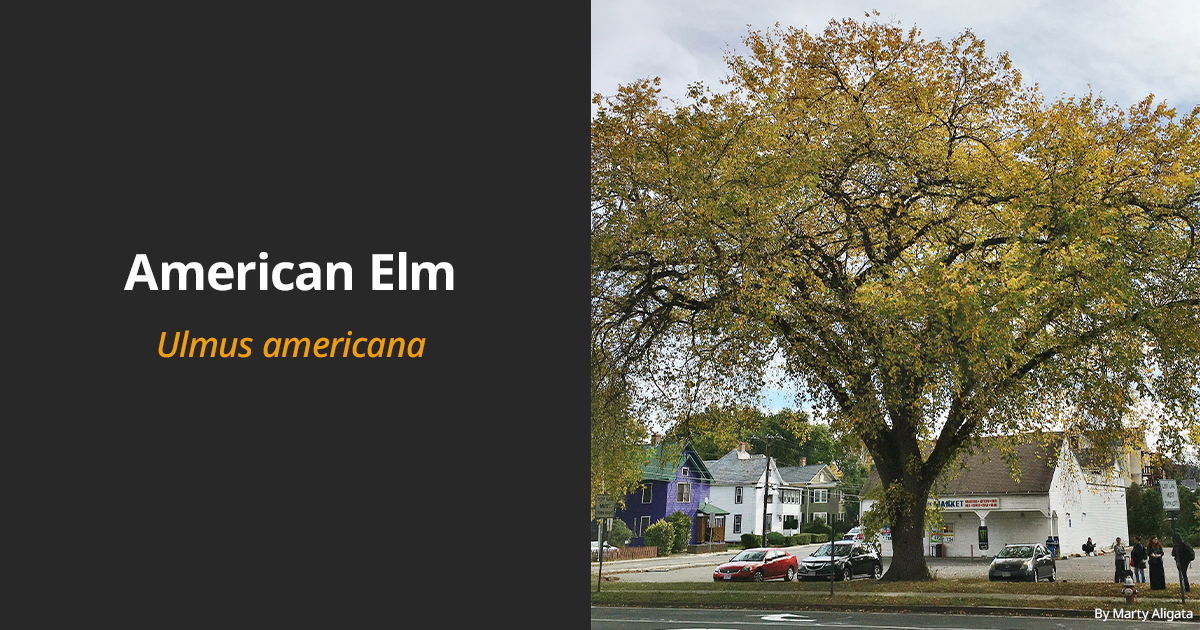
American Elms require regular watering, especially during dry spells, to maintain their health and vigor. Proper pruning can help shape the tree and remove dead or diseased branches, while also preventing overcrowding and improving air circulation. Keep an eye out for signs of Dutch Elm Disease, such as wilting or yellowing leaves, and promptly remove and dispose of any affected branches to prevent further spread.
5. Eastern White Pine

Eastern White Pines prefer moist, well-drained soil and benefit from regular watering, especially during hot and dry weather. Mulching can help retain soil moisture and suppress weeds, while also protecting the tree’s shallow roots. Keep an eye out for signs of needle discoloration or dieback, which may indicate issues like pine wilt disease or pine tip blight.
6. Silver Maple
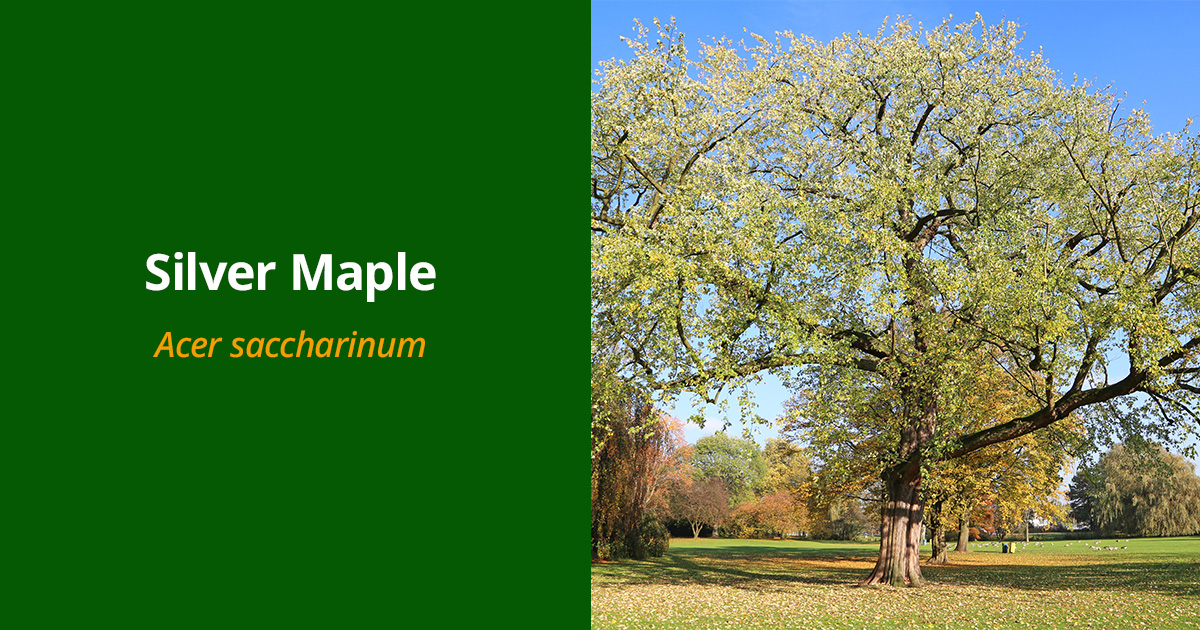
Silver Maples are fast-growing trees that require regular watering, particularly during periods of drought, to prevent stress and maintain healthy growth. Proper pruning can help manage the tree’s shape and structure, while also removing dead or diseased branches. Keep an eye out for signs of silver maple decline, such as yellowing or wilting leaves, which may indicate issues like root compaction or fungal infections.
New Paltz’s Most Common Invasive Species and Tree Pests
1. Asian Longhorned Beetle (38%)
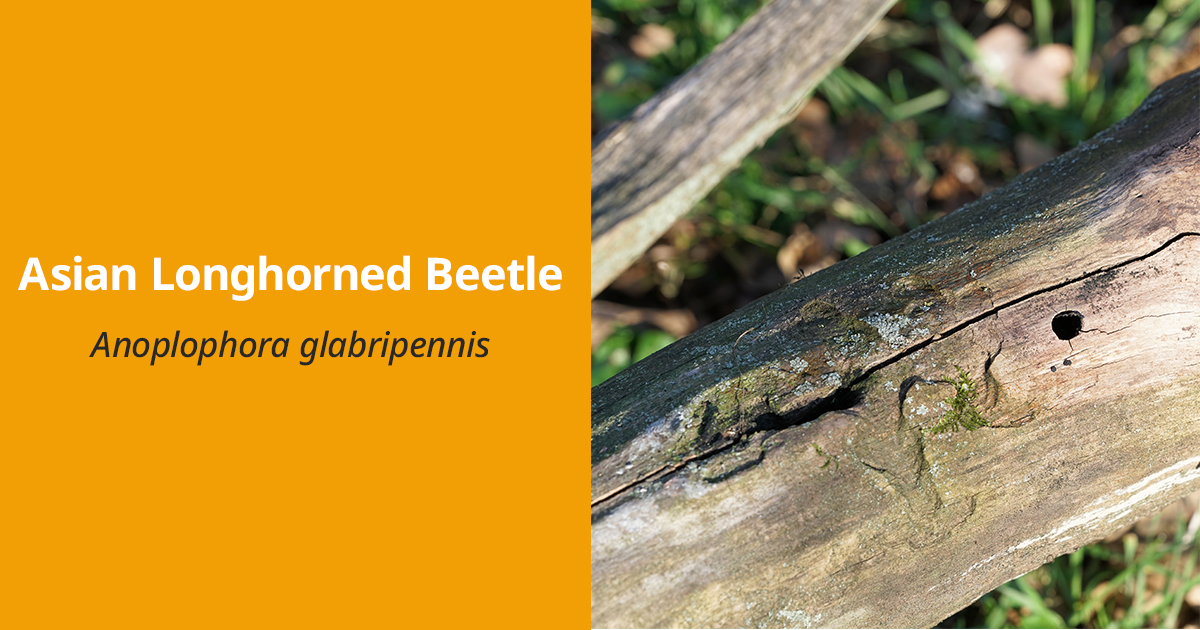
This invasive beetle targets a wide range of hardwood trees, including maples, birches, and elms. Infestations can lead to tree death if left untreated, making early detection and eradication efforts crucial.
2. Gypsy Moth (23%)
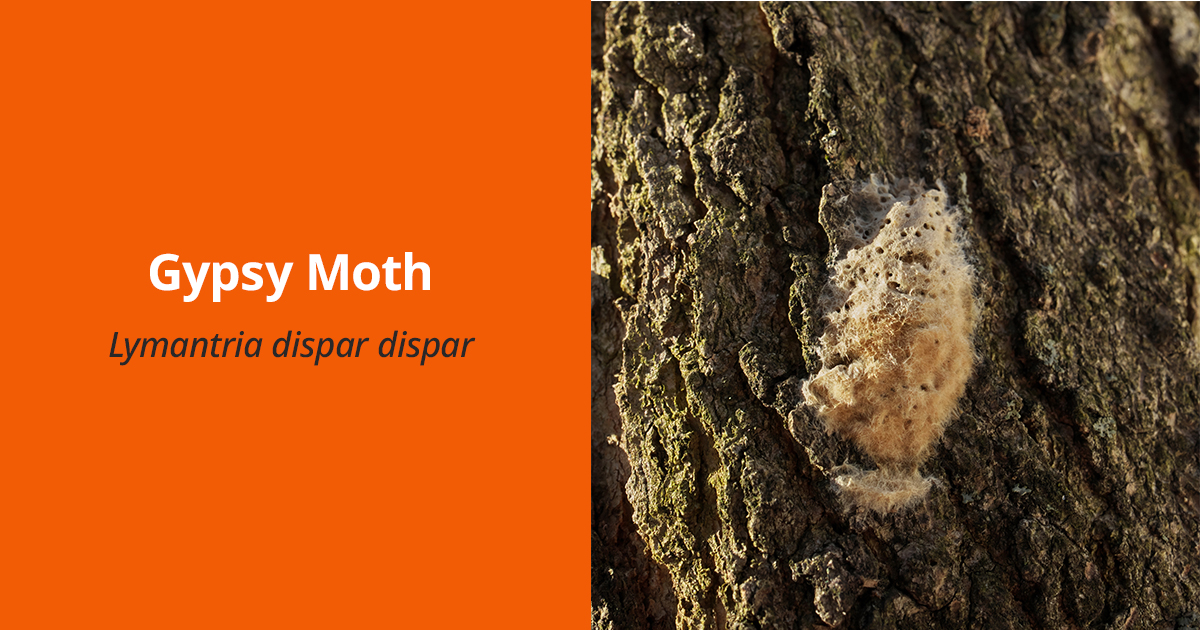
Gypsy moth caterpillars feed on the leaves of various tree species, including oaks and maples, defoliating trees and weakening their overall health. Monitoring for egg masses and implementing control measures can help mitigate infestations.
3. Oak Wilt (9%)
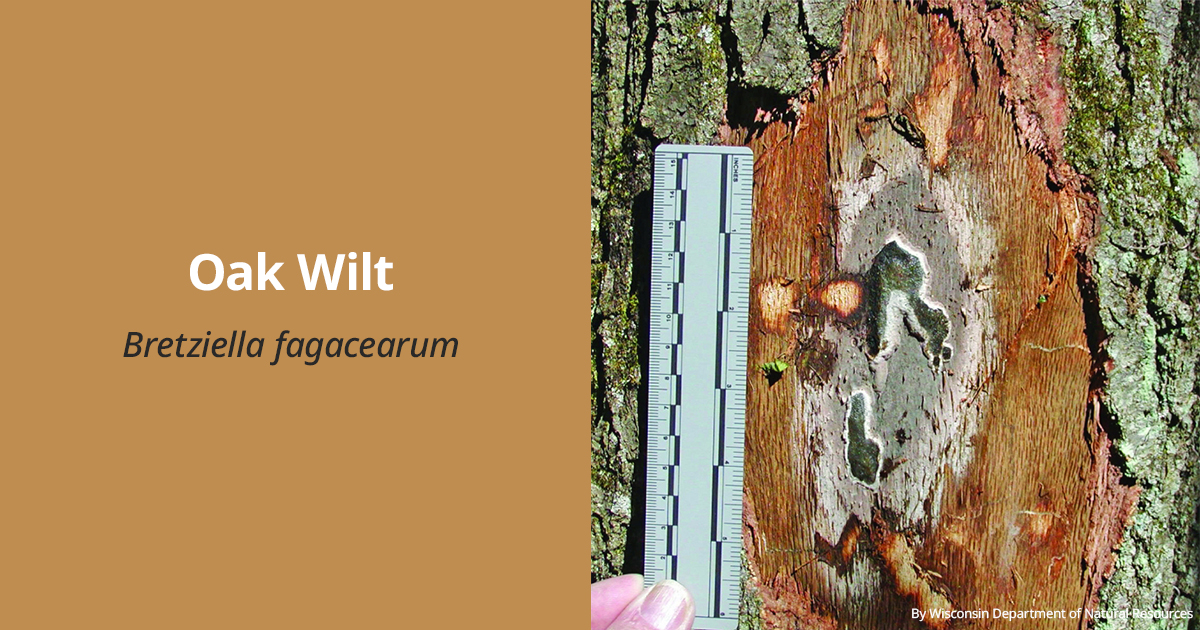
Oak wilt is a fungal disease that affects oak trees, causing leaf discoloration, wilting, and eventual tree death. Proper sanitation and avoiding pruning during the growing season can help prevent the spread of oak wilt.
4. Oak Splendor Beetle (8%)

This beetle species primarily targets stressed or weakened oak trees, introducing fungal pathogens that can lead to tree decline and mortality. Maintaining tree vigor through proper watering and fertilization practices can help prevent infestations.
5. Dutch Elm Disease (5%)

Dutch elm disease is caused by a fungus spread by elm bark beetles, resulting in wilting, yellowing foliage, and eventual tree death in susceptible elm species. Early detection and prompt removal of infected trees can help prevent the spread of the disease.
6. Sirex Woodwasp (5%)
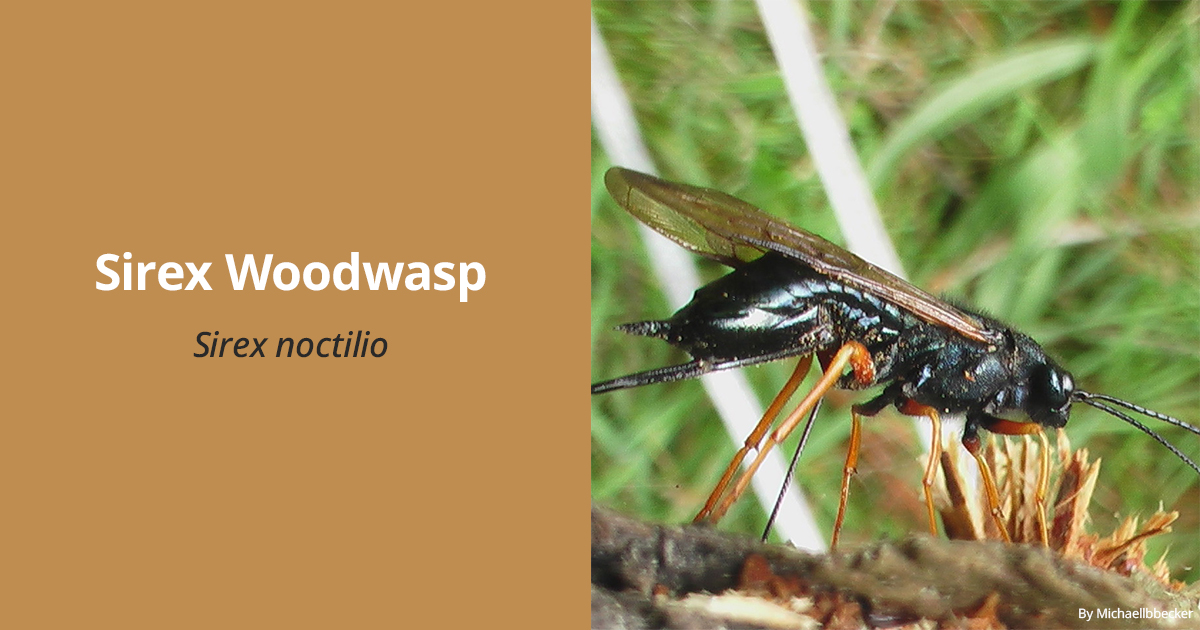
Sirex woodwasps infest pine trees, introducing a toxic fungus that disrupts tree growth and can lead to tree mortality. Monitoring for woodwasp activity and implementing control measures such as insecticide applications can help manage infestations.
7. Mediterranean Pine Engraver (5%)
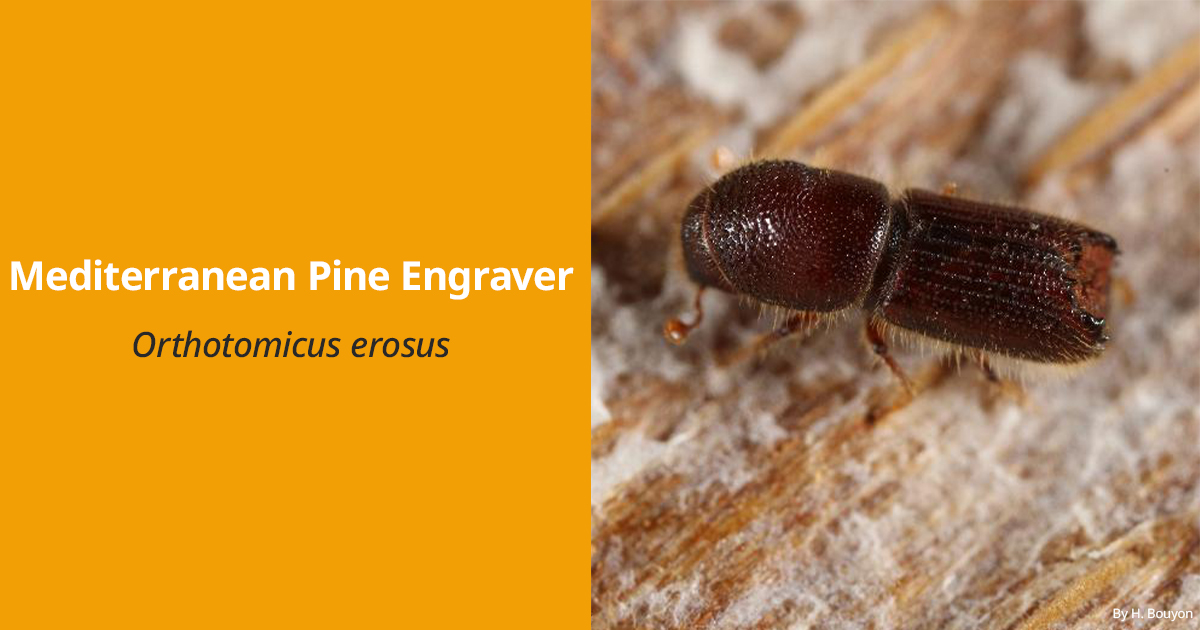
This bark beetle species attacks pine trees, causing damage to the tree’s vascular system and facilitating the spread of fungal pathogens. Proper tree maintenance practices, such as removing infested trees and promoting tree health, can help mitigate the impact of Mediterranean pine engravers.
8. Emerald Ash Borer (5%)
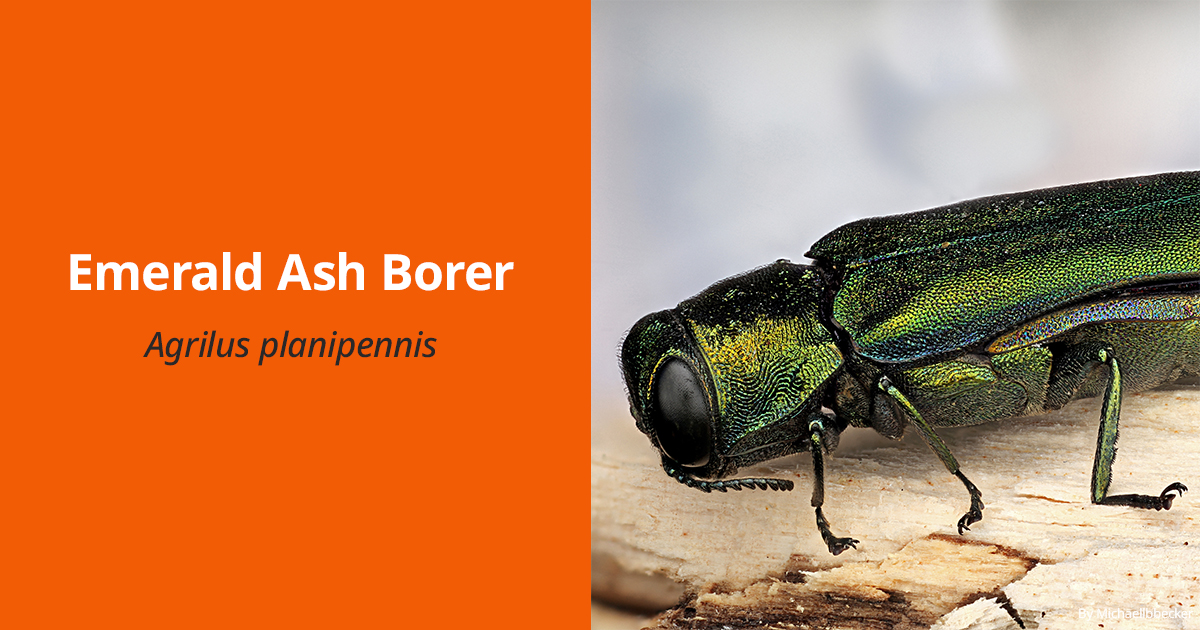
Emerald ash borers are highly destructive pests that target ash trees, tunneling under the bark and disrupting the tree’s nutrient transport system. Early detection, tree removal, and treatment options such as insecticide applications can help manage emerald ash borer infestations and protect ash tree populations in New Paltz.
